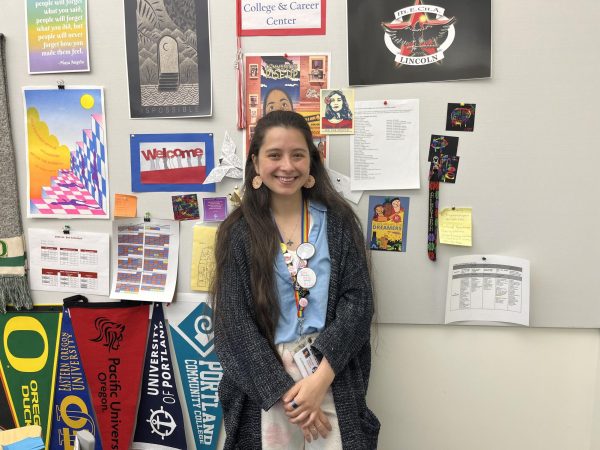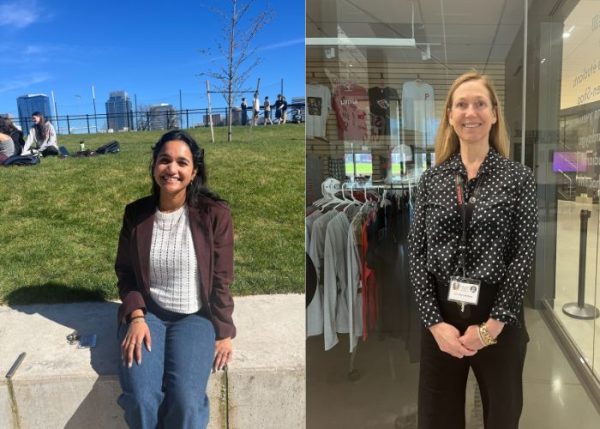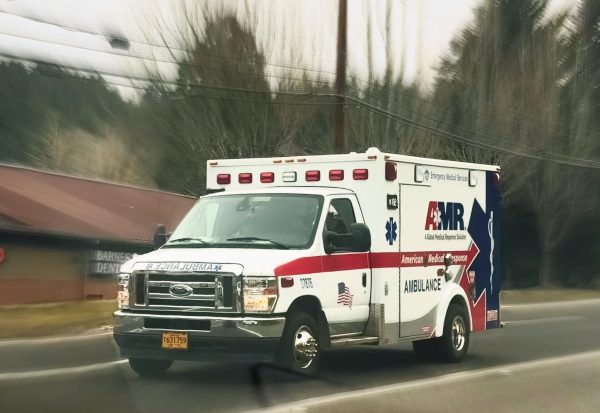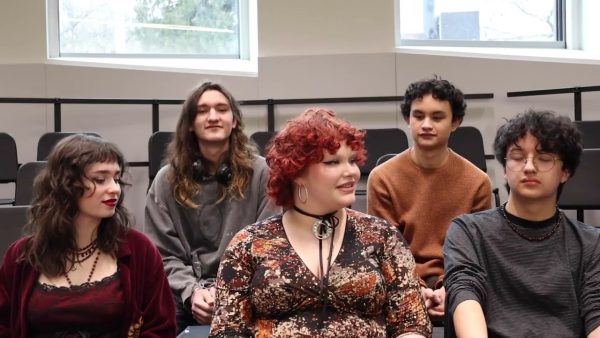20 years ago: Lincoln was Hollywood
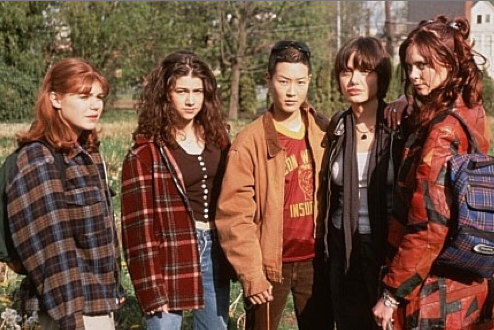
In 1996, the halls of Lincoln lit up the big screen as “Foxfire,” Angelina Jolie’s first major movie, was filmed on campus.
Though the film flopped, Jolie went on to international fame. If today’s students resurrect a copy of the movie, Lincoln looks about the same. Teachers who remain at Lincoln fondly recall the school’s 15 minutes of fame.
“Foxfire” centers on the arrival of a rebellious drifter, Legs, at the relatively mundane Perry High School. She befriends a group of four girls and helps them stop sexual harassment by a teacher. Within the first 10 minutes, Lincoln’s main hall and bathrooms are shown, and classroom 124 functions as the biology lab where Legs, played by Jolie, saves a frog from dissection, then both escape out a window.
Social studies teacher David Bailey taught in the room at the time. The film team photographed Bailey’s classroom before removing everything.
Because Lincoln’s windows do not open wide enough for a person to fit through, the team had to replace a window with one that opened outward. The window stayed in for several weeks after the school year began, which Bailey says was nice in hot weather. After the filming, all of Bailey’s possessions were put back in the exact position, including wall posters.
“They were very considerate to the school,” he says.
Drama teacher Jim Peerenboom was also taken by the film crew’s respectfulness. “They even bought Ms. Irby, the ceramics teacher who likes to garden, a hydrangea as a thank you for the inconvenience,” he says.
Film director Annette Haywood-Carter calls Lincoln a “special” place to film.
When Haywood-Carter and her team chose Portland as both the setting and filming location for “Foxfire” in 1995, she says she looked at all the area high schools, but “there was nothing that I saw that came close to Lincoln. I loved the school.”
As the plot centers on girls rebelling against traditions of the time, Lincoln’s traditional feel fit perfectly. “Buildings represent the lives of your characters,” Haywood-Carter says. “Lincoln’s got that architecture and feeling to it that is quintessentially American high school. The rebellion felt very real.”
Haywood-Carter needed a school viewers could relate to. “What was really important to me was that every kid who watched this movie felt like that could be me,” she says.
Along with the traditional feel, some of Lincoln’s more unique architectural details helped. “One thing you’re looking for as a director is an environment where you can get really interesting shots. Your location dictates the kind of shots you can do.”
In fact, the idea for one of Haywood-Carter’s favorite shots developed because of the building itself. When the girls break into the school to steal an art portfolio, Lincoln’s roof entrance allowed them to enter from above, rather than a door or window, as the script dictated. In another scene, the girls accidently light a fire in the school, setting off the sprinklers. “Looking back on it, it was kind of remarkable that they let us do that,” she says. “The school and the whole city of Portland was extraordinarily generous.”
Because the filming took place over the summer and extras were hired by an company, students and staff were largely uninvolved, according to Bailey. However, they were still excited about the filming.
“Students knew that their classrooms were going to be seen in a feature film,” Peerenboom says, emphasizing that this was before Portland became the filming location for popular TV series such as “Portlandia” and “Grimm.”
In an interview last month, Haywood-Carter even weighed in on the impending Lincoln rebuild, saying it would destroy the school’s charm. “I would hate to see it get torn down,” she says, “I think it would be great if they added a modern wing or floor.”
Asked if she would consider coming back to film another movie at Lincoln, Haywood-Carter says, “absolutely. I felt lucky to have shot there and I would feel lucky to be able to shoot there again.
“[Lincoln] was very special and everybody felt it. That does make a difference when you’re making a movie. It has a way of winding up on the screen, and I can’t really explain that.”

